Boris Naujoks
Tools for Landscape Analysis of Optimisation Problems in Procedural Content Generation for Games
Feb 16, 2023



Abstract:The term Procedural Content Generation (PCG) refers to the (semi-)automatic generation of game content by algorithmic means, and its methods are becoming increasingly popular in game-oriented research and industry. A special class of these methods, which is commonly known as search-based PCG, treats the given task as an optimisation problem. Such problems are predominantly tackled by evolutionary algorithms. We will demonstrate in this paper that obtaining more information about the defined optimisation problem can substantially improve our understanding of how to approach the generation of content. To do so, we present and discuss three efficient analysis tools, namely diagonal walks, the estimation of high-level properties, as well as problem similarity measures. We discuss the purpose of each of the considered methods in the context of PCG and provide guidelines for the interpretation of the results received. This way we aim to provide methods for the comparison of PCG approaches and eventually, increase the quality and practicality of generated content in industry.
Optimally Weighted Ensembles of Regression Models: Exact Weight Optimization and Applications
Jun 22, 2022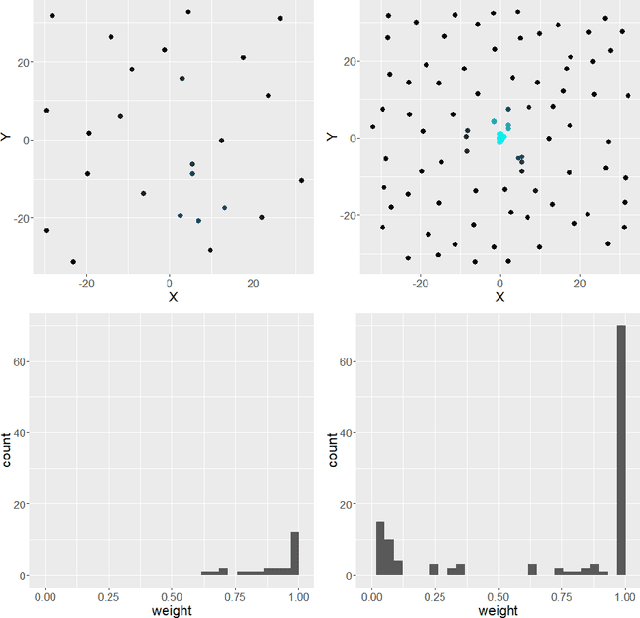

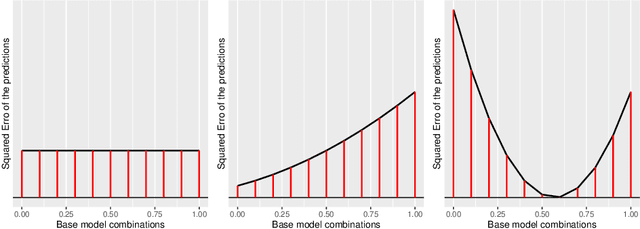
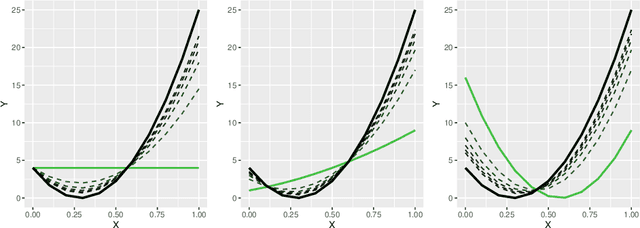
Abstract:Automated model selection is often proposed to users to choose which machine learning model (or method) to apply to a given regression task. In this paper, we show that combining different regression models can yield better results than selecting a single ('best') regression model, and outline an efficient method that obtains optimally weighted convex linear combination from a heterogeneous set of regression models. More specifically, in this paper, a heuristic weight optimization, used in a preceding conference paper, is replaced by an exact optimization algorithm using convex quadratic programming. We prove convexity of the quadratic programming formulation for the straightforward formulation and for a formulation with weighted data points. The novel weight optimization is not only (more) exact but also more efficient. The methods we develop in this paper are implemented and made available via github-open source. They can be executed on commonly available hardware and offer a transparent and easy to interpret interface. The results indicate that the approach outperforms model selection methods on a range of data sets, including data sets with mixed variable type from drug discovery applications.
Automating Speedrun Routing: Overview and Vision
Jun 02, 2021Abstract:Speedrunning in general means to play a video game fast, i.e. using all means at one's disposal to achieve a given goal in the least amount of time possible. To do so, a speedrun must be planned in advance, or routed, as it is referred to by the community. This paper focuses on discovering challenges and defining models needed when trying to approach the problem of routing algorithmically. It provides an overview of relevant speedrunning literature, extracting vital information and formulating criticism. Important categorizations are pointed out and a nomenclature is build to support professional discussion. Different concepts of graph representations are presented and their potential is discussed with regard to solving the speedrun routing optimization problem. Visions both for problem modeling as well as solving are presented and assessed regarding suitability and expected challenges. This results in a vision of potential solutions and what will be addressed in the future.
Identifying Properties of Real-World Optimisation Problems through a Questionnaire
Nov 11, 2020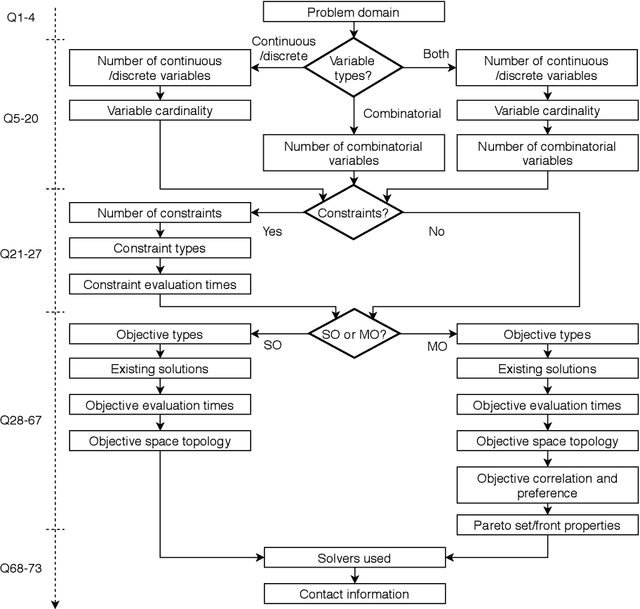
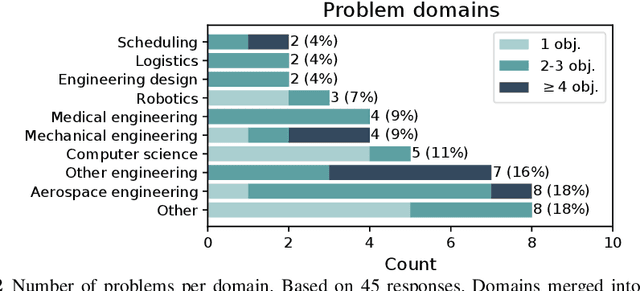
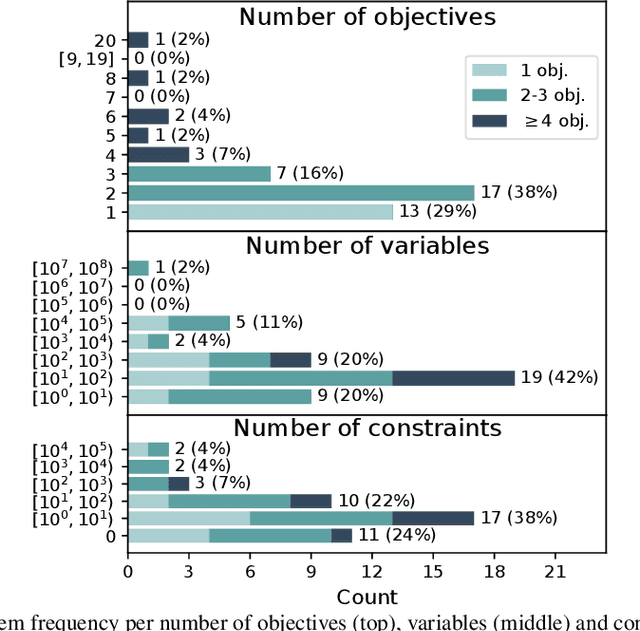

Abstract:Optimisation algorithms are commonly compared on benchmarks to get insight into performance differences. However, it is not clear how closely benchmarks match the properties of real-world problems because these properties are largely unknown. This work investigates the properties of real-world problems through a questionnaire to enable the design of future benchmark problems that more closely resemble those found in the real world. The results, while not representative, show that many problems possess at least one of the following properties: they are constrained, deterministic, have only continuous variables, require substantial computation times for both the objectives and the constraints, or allow a limited number of evaluations. Properties like known optimal solutions and analytical gradients are rarely available, limiting the options in guiding the optimisation process. These are all important aspects to consider when designing realistic benchmark problems. At the same time, objective functions are often reported to be black-box and since many problem properties are unknown the design of realistic benchmarks is difficult. To further improve the understanding of real-world problems, readers working on a real-world optimisation problem are encouraged to fill out the questionnaire: https://tinyurl.com/opt-survey
Benchmarking in Optimization: Best Practice and Open Issues
Jul 07, 2020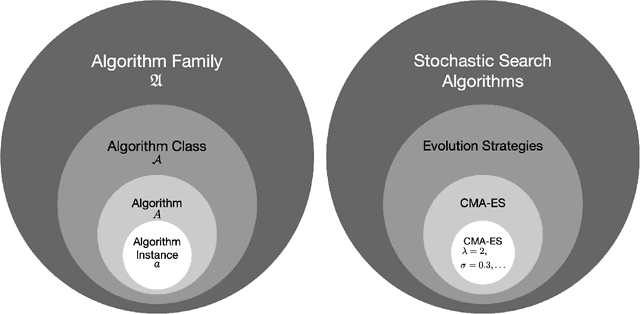
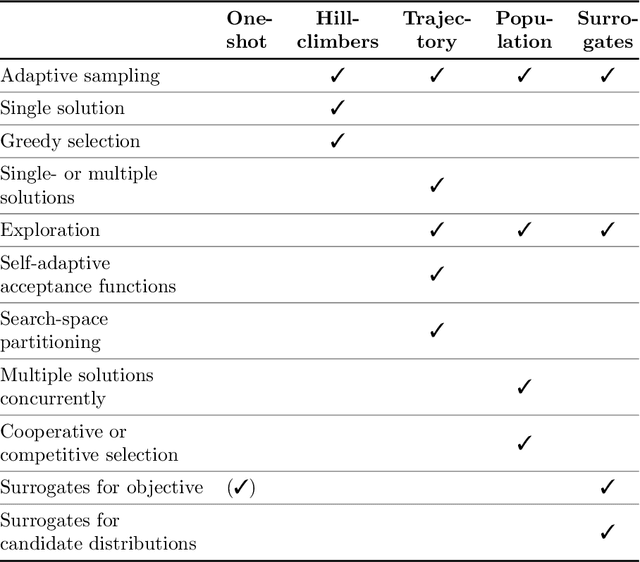
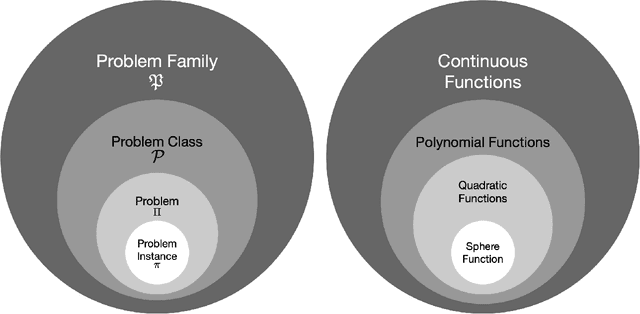

Abstract:This survey compiles ideas and recommendations from more than a dozen researchers with different backgrounds and from different institutes around the world. Promoting best practice in benchmarking is its main goal. The article discusses eight essential topics in benchmarking: clearly stated goals, well-specified problems, suitable algorithms, adequate performance measures, thoughtful analysis, effective and efficient designs, comprehensible presentations, and guaranteed reproducibility. The final goal is to provide well-accepted guidelines (rules) that might be useful for authors and reviewers. As benchmarking in optimization is an active and evolving field of research this manuscript is meant to co-evolve over time by means of periodic updates.
Towards Game-Playing AI Benchmarks via Performance Reporting Standards
Jul 06, 2020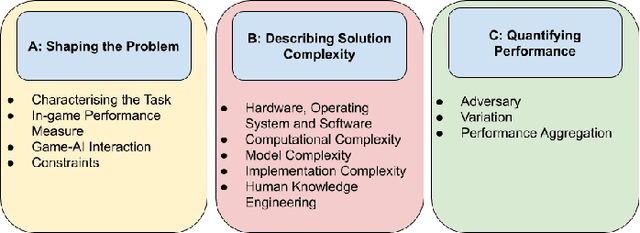
Abstract:While games have been used extensively as milestones to evaluate game-playing AI, there exists no standardised framework for reporting the obtained observations. As a result, it remains difficult to draw general conclusions about the strengths and weaknesses of different game-playing AI algorithms. In this paper, we propose reporting guidelines for AI game-playing performance that, if followed, provide information suitable for unbiased comparisons between different AI approaches. The vision we describe is to build benchmarks and competitions based on such guidelines in order to be able to draw more general conclusions about the behaviour of different AI algorithms, as well as the types of challenges different games pose.
Towards Realistic Optimization Benchmarks: A Questionnaire on the Properties of Real-World Problems
Apr 14, 2020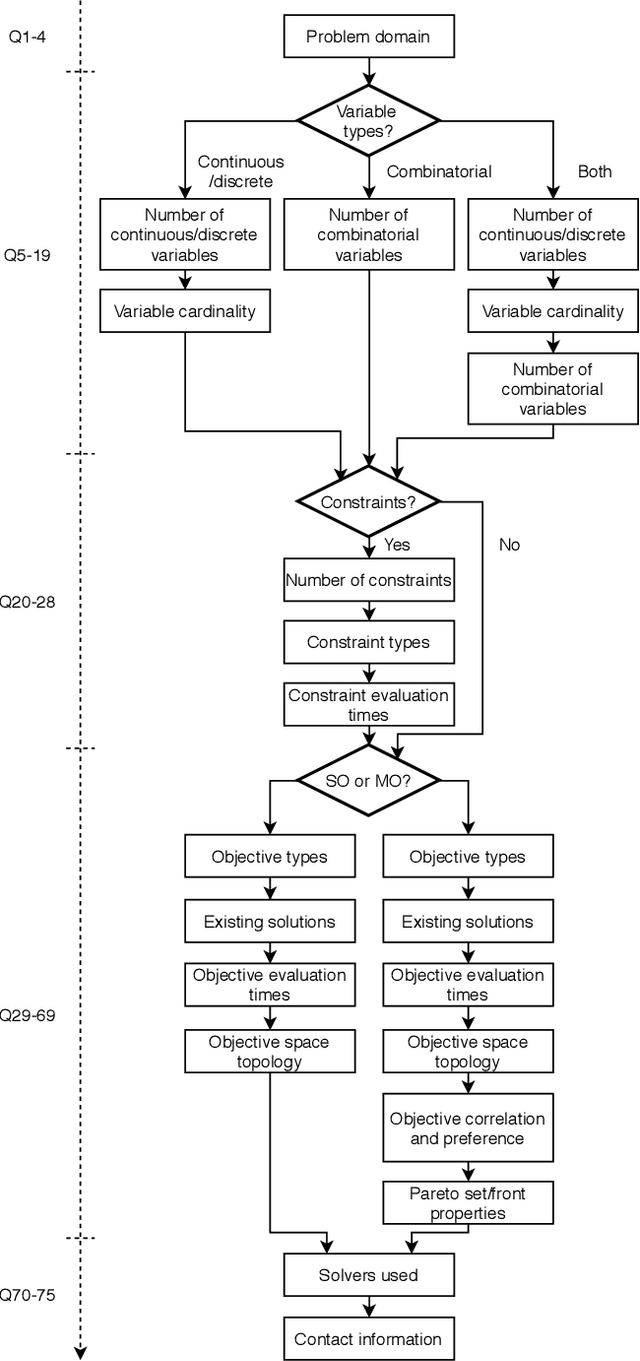
Abstract:Benchmarks are a useful tool for empirical performance comparisons. However, one of the main shortcomings of existing benchmarks is that it remains largely unclear how they relate to real-world problems. What does an algorithm's performance on a benchmark say about its potential on a specific real-world problem? This work aims to identify properties of real-world problems through a questionnaire on real-world single-, multi-, and many-objective optimization problems. Based on initial responses, a few challenges that have to be considered in the design of realistic benchmarks can already be identified. A key point for future work is to gather more responses to the questionnaire to allow an analysis of common combinations of properties. In turn, such common combinations can then be included in improved benchmark suites. To gather more data, the reader is invited to participate in the questionnaire at: https://tinyurl.com/opt-survey
Expected Improvement versus Predicted Value in Surrogate-Based Optimization
Feb 17, 2020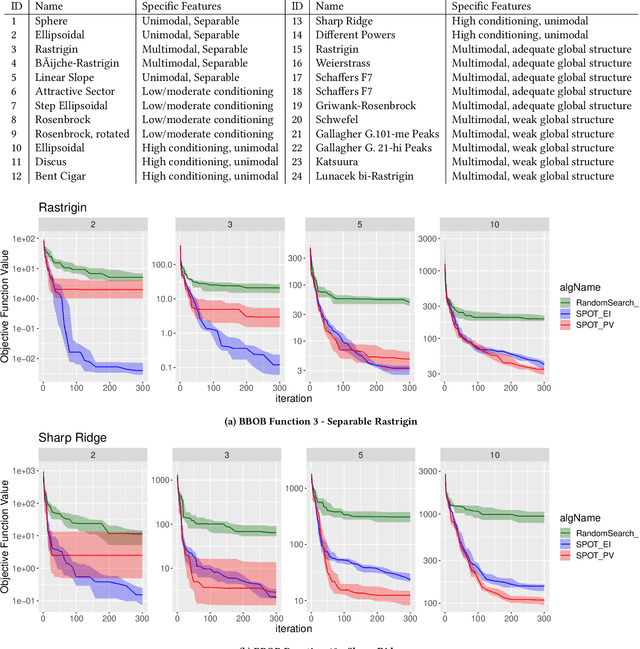
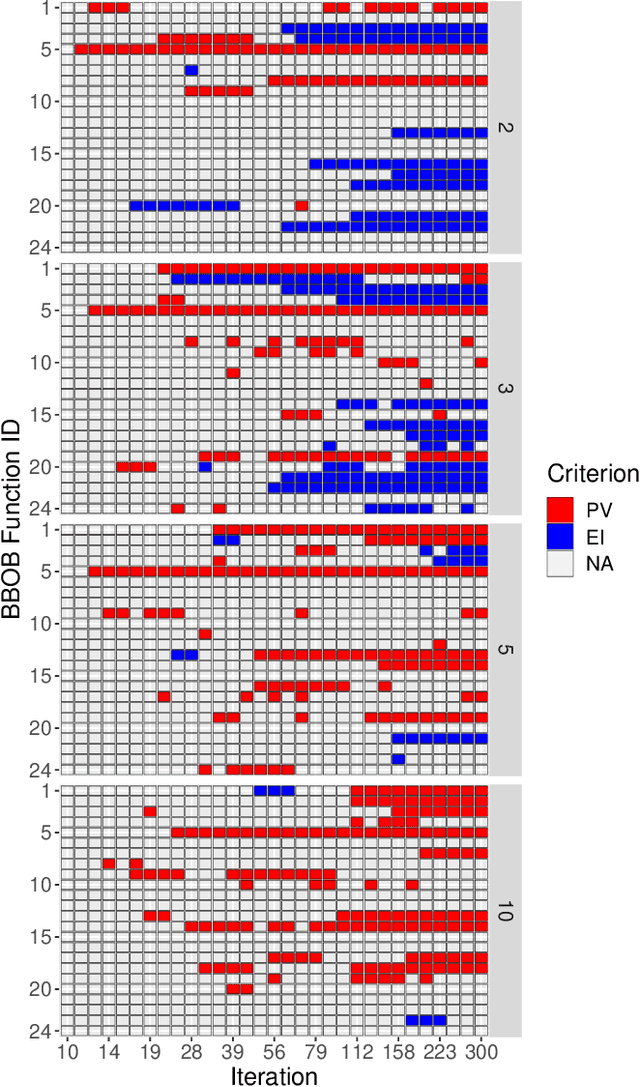
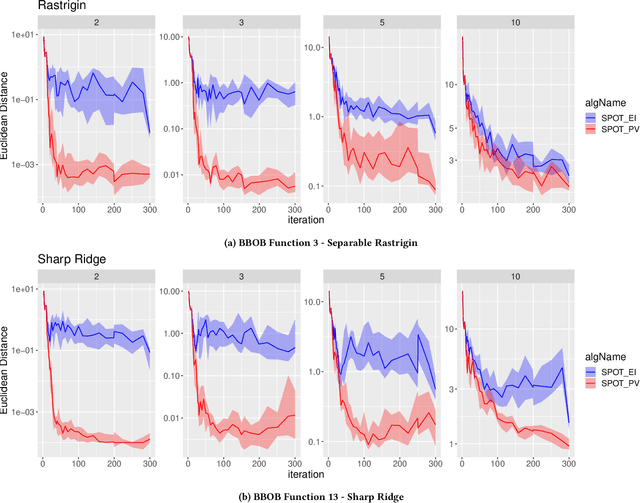
Abstract:Surrogate-based optimization relies on so-called infill criteria (acquisition functions) to decide which point to evaluate next. When Kriging is used as the surrogate model of choice (also called Bayesian optimization), one of the most frequently chosen criteria is expected improvement. We argue that the popularity of expected improvement largely relies on its theoretical properties rather than empirically validated performance. Few results from the literature show evidence, that under certain conditions, expected improvement may perform worse than something as simple as the predicted value of the surrogate model. We benchmark both infill criteria in an extensive empirical study on the `BBOB' function set. This investigation includes a detailed study of the impact of problem dimensionality on algorithm performance. The results support the hypothesis that exploration loses importance with increasing problem dimensionality. A statistical analysis reveals that the purely exploitative search with the predicted value criterion performs better on most problems of five or higher dimensions. Possible reasons for these results are discussed. In addition, we give an in-depth guide for choosing the infill criteria based on prior knowledge about the problem at hand, its dimensionality, and the available budget.
Surrogate-Assisted Partial Order-based Evolutionary Optimisation
Nov 01, 2016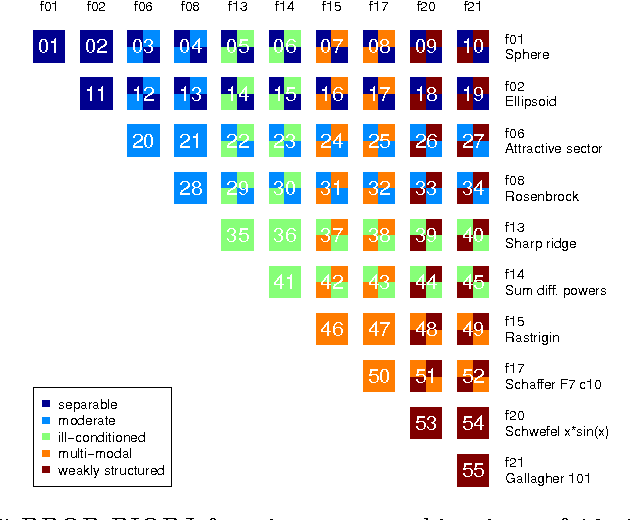
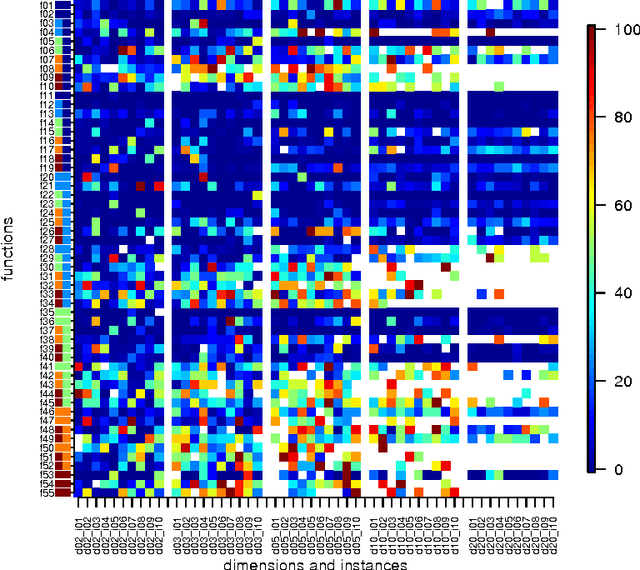
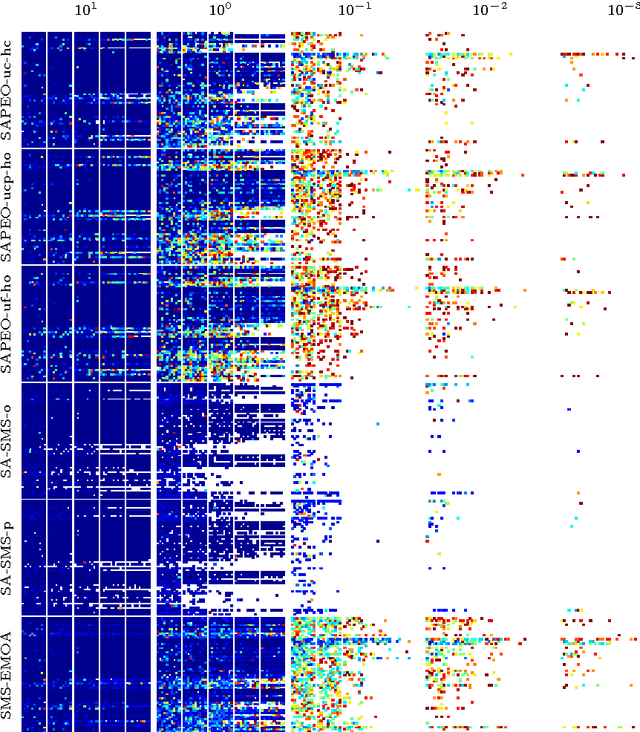
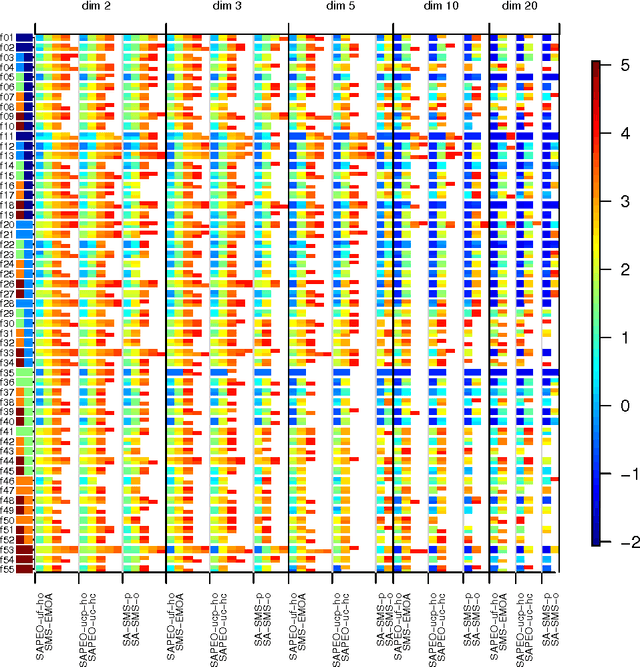
Abstract:In this paper, we propose a novel approach (SAPEO) to support the survival selection process in multi-objective evolutionary algorithms with surrogate models - it dynamically chooses individuals to evaluate exactly based on the model uncertainty and the distinctness of the population. We introduce variants that differ in terms of the risk they allow when doing survival selection. Here, the anytime performance of different SAPEO variants is evaluated in conjunction with an SMS-EMOA using the BBOB bi-objective benchmark. We compare the obtained results with the performance of the regular SMS-EMOA, as well as another surrogate-assisted approach. The results open up general questions about the applicability and required conditions for surrogate-assisted multi-objective evolutionary algorithms to be tackled in the future.
Demonstrating the Feasibility of Automatic Game Balancing
Mar 11, 2016



Abstract:Game balancing is an important part of the (computer) game design process, in which designers adapt a game prototype so that the resulting gameplay is as entertaining as possible. In industry, the evaluation of a game is often based on costly playtests with human players. It suggests itself to automate this process using surrogate models for the prediction of gameplay and outcome. In this paper, the feasibility of automatic balancing using simulation- and deck-based objectives is investigated for the card game top trumps. Additionally, the necessity of a multi-objective approach is asserted by a comparison with the only known (single-objective) method. We apply a multi-objective evolutionary algorithm to obtain decks that optimise objectives, e.g. win rate and average number of tricks, developed to express the fairness and the excitement of a game of top trumps. The results are compared with decks from published top trumps decks using simulation-based objectives. The possibility to generate decks better or at least as good as decks from published top trumps decks in terms of these objectives is demonstrated. Our results indicate that automatic balancing with the presented approach is feasible even for more complex games such as real-time strategy games.
 Add to Chrome
Add to Chrome Add to Firefox
Add to Firefox Add to Edge
Add to Edge